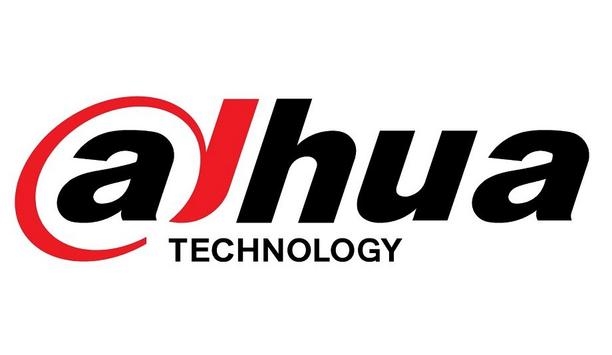The Mirach 100/5 aerial target celebrated the 25th anniversary of its first official flight in December 2021. Created in the mid-90s, the Mirach 100/5 faithfully emulates the size, performance and radar signalling of the principal emerging threats.
Developed on the basis of the experience accumulated with the previous aerial targets in the 100 series of what was then known as the Meteor – the 100/2 and the 100/3 Mizar for reconnaissance, both of which date back to 1984 and the 100/4 which began service in 1989, featuring digital technology, automatic navigation and manoeuvred flight capability at low altitudes - the Mirach 100/5 is a multi-role subsonic (900 km/h) all-weather aerial target equipped with a differential GPS navigation system and a structure with adaptive control surfaces that act simultaneously on 3 axes, a truly innovative feature.
Various features of Mirach 100/5
With a highly configurable 70 kg payload, transportable in the fuselage or externally on five connection points – and manoeuvrability – resistant to an instantaneous load factor of up to 8g and a sustained load factor of up to 6g – are other key features of the craft, as is its autonomy of about 90 minutes.
The Mirach 100/5 may be recovered with a parachute and is capable of towing two targets with devices similar to those on board. These features guarantee high performance, emulating various threats – particularly those pertaining to craft (aircraft/missiles) with a sea-skimming/low altitude profile (up to 3 m) capable of evasive manoeuvres at a high g number – and for qualification of a vast range of armament systems.
Various usage of the flight
Mirach 100/5 can permit extremely precise measurement, via its electronic vectorial measurement system.
The Mirach 100/5 can be used for either regular training shooting anti-aircraft missiles against naval and terrestrial units and for air-to-air interception, or for the assessment and qualification of missiles under development.
In these cases, the Mirach 100/5 permits extremely precise measurement, via a sophisticated electronic vectorial measurement system, of the trajectory and set-up of the missiles targeting it. The data required to reconstruct these parameters is sent to the ground control station in real time, with a precision of within centimetres.
In this role, the Mirach 100/5 has been used for validation and certification of the SAMP/T systems of the Italian Army and the PAAMS of the Navy, based on ASTER missiles, as well as the Air Force’s AMRAAM and IRIS-T air-to-air missiles.
NATO certification bringing great commercial success
NATO certification of its dependability coefficient of 98% has brought the Mirach 100/5 great commercial success, as demonstrated by the numerous sales to the Italian armed forces and international customers, with widespread distribution primarily in Europe and in a large number of non–European nations.
More than 2,000 Mirach 100/5 missile launches have been performed so far: a huge number for an aircraft in the aerial target category.
The ‘turnkey’ service contracts
Turnkey service ensures that the missions are performed as requested by the training ground.
For more than 20 years, Leonardo has been operating Mirach 100/5 aerial targets at the Salto di Quirra training ground for the training and validation of armaments systems for the Italian army, under ‘turnkey’ service contracts. These services include all the tasks involved in ensuring that flight missions are performed according to the schedule and methods requested by the training ground.
These include ordinary and special maintenance, with supplies of parts and repairs to guarantee the perfect functioning of the system, putting radio aircraft into the line of flight, determining the requirements of the mission, and conducting the mission, performed with Leonardo’s Mirach pilots guiding the craft on the basis of the agreed flight plan.
Functioning both as a trial target and a drone
Leonardo has continued developing the system, with the goal of ensuring that it is marketable as a pure aerial target, while adding to its capabilities as a drone for reconnaissance, target acquisition, and similar tasks.
Under a contract signed recently with an international customer, the company is updating the craft with a new turbojet engine and a new avionics suite, and since 2010 it has also been investing in the Mirach 100/X, a supersonic aerial target with stealth capabilities. This is in addition to more recent research and development properties which, on the basis of the 100/5 and Leonardo’s experience in the field of UAVs, aim to create adjunct drones for operation as part of the future TEMPEST aerial combat system.
Leonardo using the experience gained from Mirach 40
Furthermore, the company used its experience with the 100/5 to produce the Mirach 40, in service since 2018 as the ‘little brother’ of the Mirach 100/5, with which it shares the same ground control station and sea-skimming flight capability.
The Mirach 40 is particularly appropriate for use in training scenarios, requiring not only threat detection but real destruction of the aerial target, for testing systems requiring high levels of energy or payloads (such as seeker emulators and countermeasure/EW systems), or for transporting systems for release or towing. The Mirach 40 also permits naval uses on vessels with launchpads using a pneumatic catapult, with parachute recovery.



















